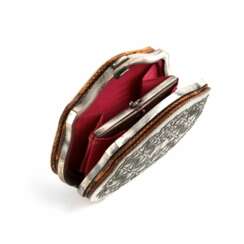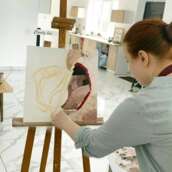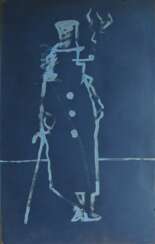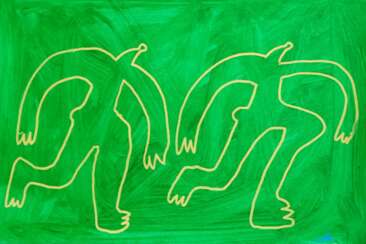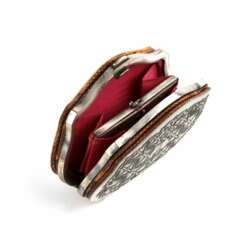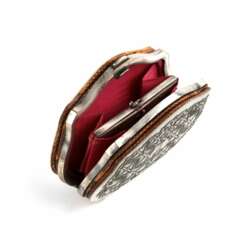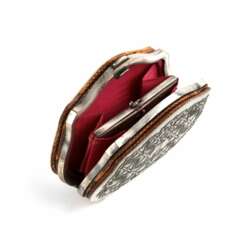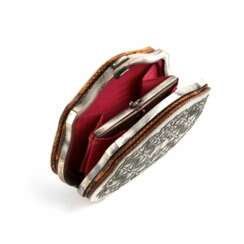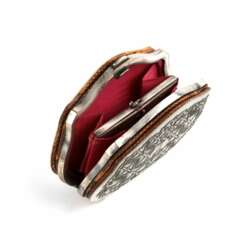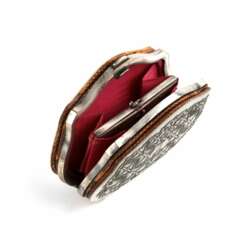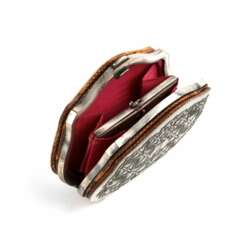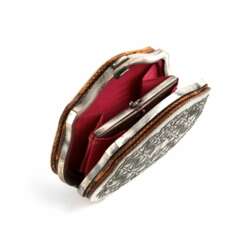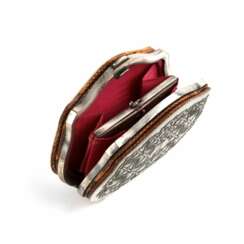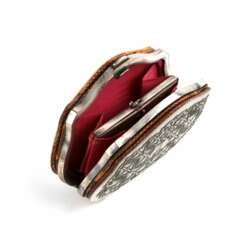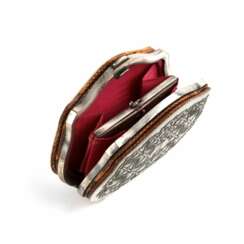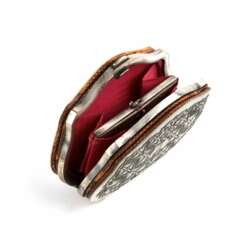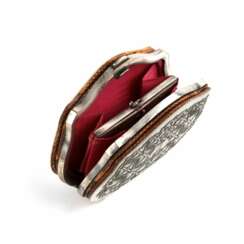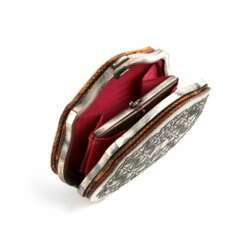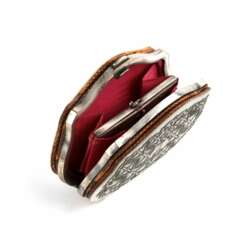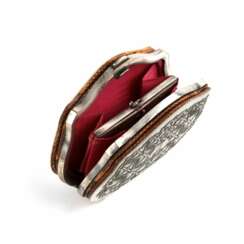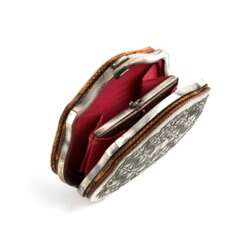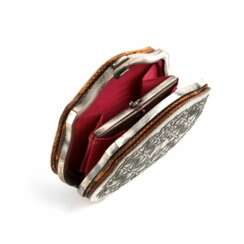557 Items by auctions and galleries:
men silhouette
Passion
Arina Znamenskaya (b. 2000)  Shop Znamenskaya Arina
Shop Znamenskaya Arina

Arina Znamenskaya
22.11.2000
Russia
Родилась 22 ноября 2000 года в Москве, и в возрасте 13 лет я уехала учиться в Великобританию, где закончила школу по программе интернациональный бакалавриат. В данный момент учусь в Лондоне на архитектора, параллельно пишу картины и занимаюсь графическим дизайном. Я пишу картины акрилом и акварелью, а так же рисую на графическом планшете. Творчество - это мой главный способ самовыражения. Рисованием и прикладным искусством я занимаюсь с детства, окончив детскую школу искусств СТАРТ в Москве в возрасте 11 лет. Моими главными достижениями в сфере искусства на данный момент являются:
— Победа в престижном художественном конкурсе Aidan Meller Art Prize в Марте 2019
— Участие в выставке в Aidan Meller Gallery в Оксфорде
— В 18 лет Провела собственную выставку фотографий и художественных работ “BodyBuilding”. Мои работы фокусировались на эстетике и структуре человеческого тела и архитектурных сооружений.
— Виртуальная международная выставка в сфере архитектуры при AA school of Architecture в Лондоне в мае 2020

Artist shop
Znamenskaya Arina
Russia
Number of products: 10
Blue silhouette
Sergiy Roy (b. 1958)  Shop Roy Sergiy
Shop Roy Sergiy

Sergiy Roy
04.04.1958
Ukraine
EXHIBITIONS:
INTERNATIONAL ART EXHIBITION,
MOSKOW, RUSSIA, WARSAW, POLAND, 1984
BASHKIRTSEV’S ART EXHIBITION, MUSEUM OF FINE ART, POLTAVA, UKRAINE, 1988
AVAN/ART IN ROVANIEMI, FINLAND, 1990
ANNUAL NATIONAL ART EXHIBITION, KYIV, UKRAINE, 1990
AVAN/ART, MUSEUM OF FINE ART, MURMANSK, RUSSIA, 1990
AVAN/ART IN JACKSONVILLE, KENT GALLERY, JACKSONVILLE, FLORIDA, USA, 1991
AVAN/ART IN JACKSONVILLE, DAWNTOWN GALLERY, JACKSONVILLE, FLORIDA, USA, 1991
ME+ME+ME+ME+…/AVAN CENTER OF CULTURE MURMANSK, RUSSIA, 1992
NATIONAL EXHIBITION ART GALLERY, KIYV, UKRAINE, 1993
PAN-UKRAINE, DNIPROPETROVSK, UKRAINE, 1995
EXHIBITION MODERN ART GALLERY, POLTAVA, UKRAINE, 2003
REGIONAL EXHIBITION MODERN ART GALLERY, POLTAVA, UKRAINE, 2005
REGIONAL EXHIBITION MODERN ART GALLERY, POLTAVA, UKRAINE, 2007
KYIV-ART. 2008 HOUSE OF TEACHER ,KYIV , UKRAINE 2008
M-ART GALLERY KHARKIV, UKRAINE 2010
IN GARDENS OF VICTORY GALLERY , ODESSA, UKRAINE 2011
Florence Design Week "Crossing People" Exhibition,FLORENCE,ITALY,2013
Gallery Fine ART, POLTAVA,UKRAINE,2013
Gallery " TRYPTYH", KYIV,UKRAINE,2014
Fine ART Gallery ,POLTAVA,UKRAINE,2014
Ukrainian Free Universety, MUNKHEN,GERMANY,2014-2015
ARTGESCHOSS, internationale kunstausstellung, Salzgitter Bad,GERMANY,2017
Art Revolution Taipei,Taiwan , 台北新藝術博覽會,2018
Private collections:
Mr. Roman Kupchinsky (USA, New York)
Dr. Ulf Bethmann (Germany, Hamburg)
Ms. Monika Platek (Poland, Krakov)
Museums and collection:
Jacksonville College (Florida, USA);
Khmelnitsckiy National Art Museum (Ukraine);
Poltava Art Museum (Ukraine);
Modern Art Gallery Poltava (Ukraine);
Austria, Australia, Dubai, USA, Germany, England, Russia, Israel, Irland, New Seland, Taiwan, Ukraine,Poland.

Artist shop
Roy Sergiy
Ukraine
Number of products: 209
